



Hosted by Elena Gomez-Sanchez (Head of section of the Natural Environment Service of the Regional Government of Castilla-La Mancha); Esther Peña (ECOFOR pre-doctoral fellow at Castilla-La Mancha University); Javier Gonzalez-Romero (ECOFOR postdoctoral fellow at Castilla-La Mancha University); Manuel Esteban Lucas-Borja (Full Professor ECOFOR at Castilla-La Mancha University); Daniel Moya (Full Professor ECOFOR at Castilla-La Mancha University).
Fire is a natural and anthropogenic agent with a long history of influence on both terrestrial and aquatic ecosystems. In recent decades, the fire regime has changed due to environmental and socio-economic factors (such as climate change, the abandonment of rural areas, and inadequate management of the territory), which have led to an increase in the number, frequency, intensity, extension and severity of fire events, particularly in the Mediterranean countries. The occurrence of fire produces a strong hydrological response in recently burnt areas, creating a so-called “window-of-disturbance”, in which soil aptitude to generate runoff and erosion increases in comparison to unburned forest areas. The need to mitigate the fire impacts on soil hydrological response has increased the use of post-fire treatments. The objectives of post-fire management are flood control, reduction in soil erosion, increasing resilience, restoration of ecological functions, and management of residual fuels to mitigate risk of future wildfires.
This field visit is directly related to the effectiveness of restoration techniques in semi-arid landscapes affected by a wildfire. Actions were implemented in Agramón (Albacete province, SE Spain, 616266, 4255668) in a fire occurred in July 2020 affecting 266. The burned area is a semi-arid open Pinus halepensis Mill. forest (habitat type 9540), with a shrub layer dominated by Quercus coccifera L., Pistacia lentiscus L. and Rosmarinus officinalis L., and an herbaceous layer mainly covered by Macrochloa tenacissima L. (alpha grass).
At the hillslope scale, erosion barriers have been used for decades to stabilize hillslopes and mitigate post-fire runoff and erosion. These barriers are made of inert or vegetal materials, and are classified into contour-felled logs, straw wattles, contour trenches, straw bales, fascines, vegetal strips and buffers. The use of erosion barriers prevents sediment delivery to downstream water bodies by slowing down runoff, causing localized ponding, and trapping sediments. In agricultural lands, rangelands, fire-affected areas and anthropic sites, mulching is widely used with similar objectives.
The area consists in twelve micro-catchments (≈ 0.5 ha) occupied by (1) a combination of straw mulch with contour-felled logs debris barriers, (2) biodegradable barriers (Easy-Barriers®), (3) control areas (burned and without intervention) and (4) unburned areas.
In this field trip we will (i) show examples of traditional and innovative post-fire restoration practices, (ii) discuss the efficiency on the management goals, and (iii) the importance of dissemination and social participation in this restoration planning.
Tentative timetable
|
9.00 |
Depart from University of Alicante Campus, Sant Vicent del Raspeig. |
|
10.30 |
Agramon. Brief stop for coffee, water and alpha grass products |
|
11.30 |
Burned area. Mitigation measures and restoration of burned area (biologs, mulching, walls) Natural regeneration, soil loss, hydrophobicity, soil microbial activity. Education projects (FECYT-Plantandocaraalfuego) |
|
14.30 |
Agramon lunch. |
|
17.00 |
Back to University of Alicante |
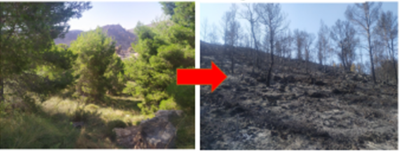
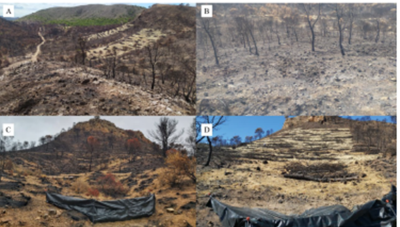
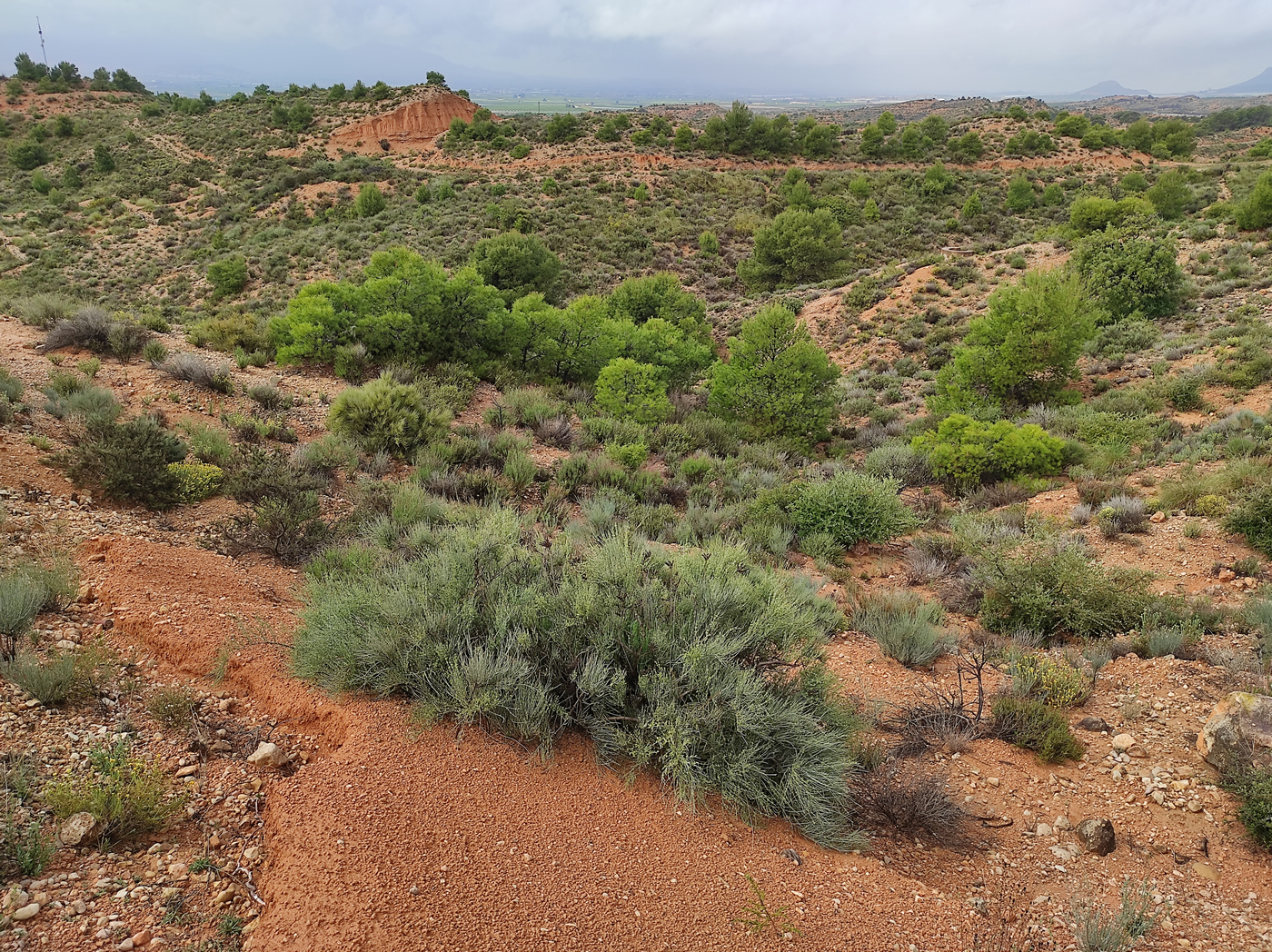
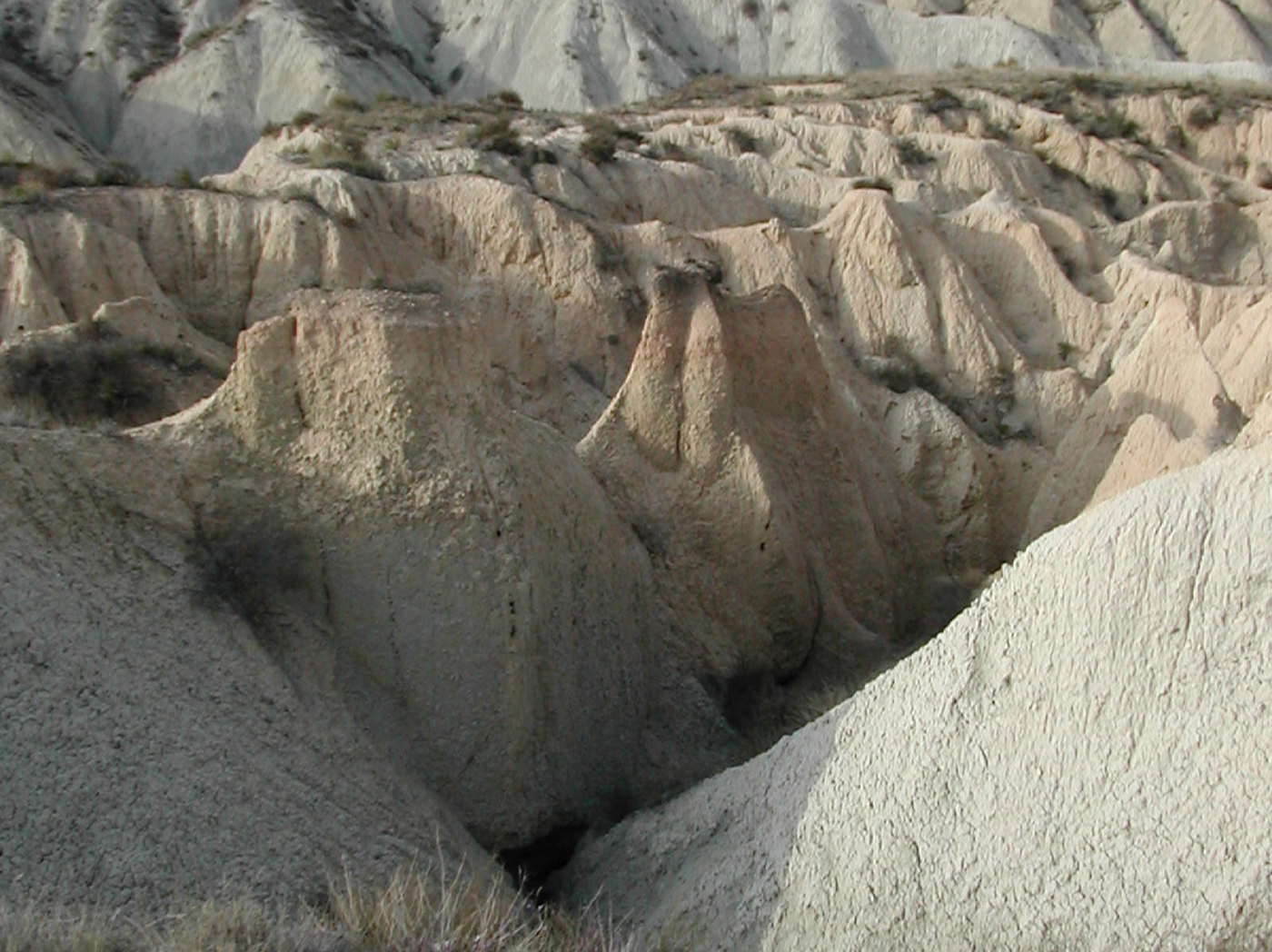
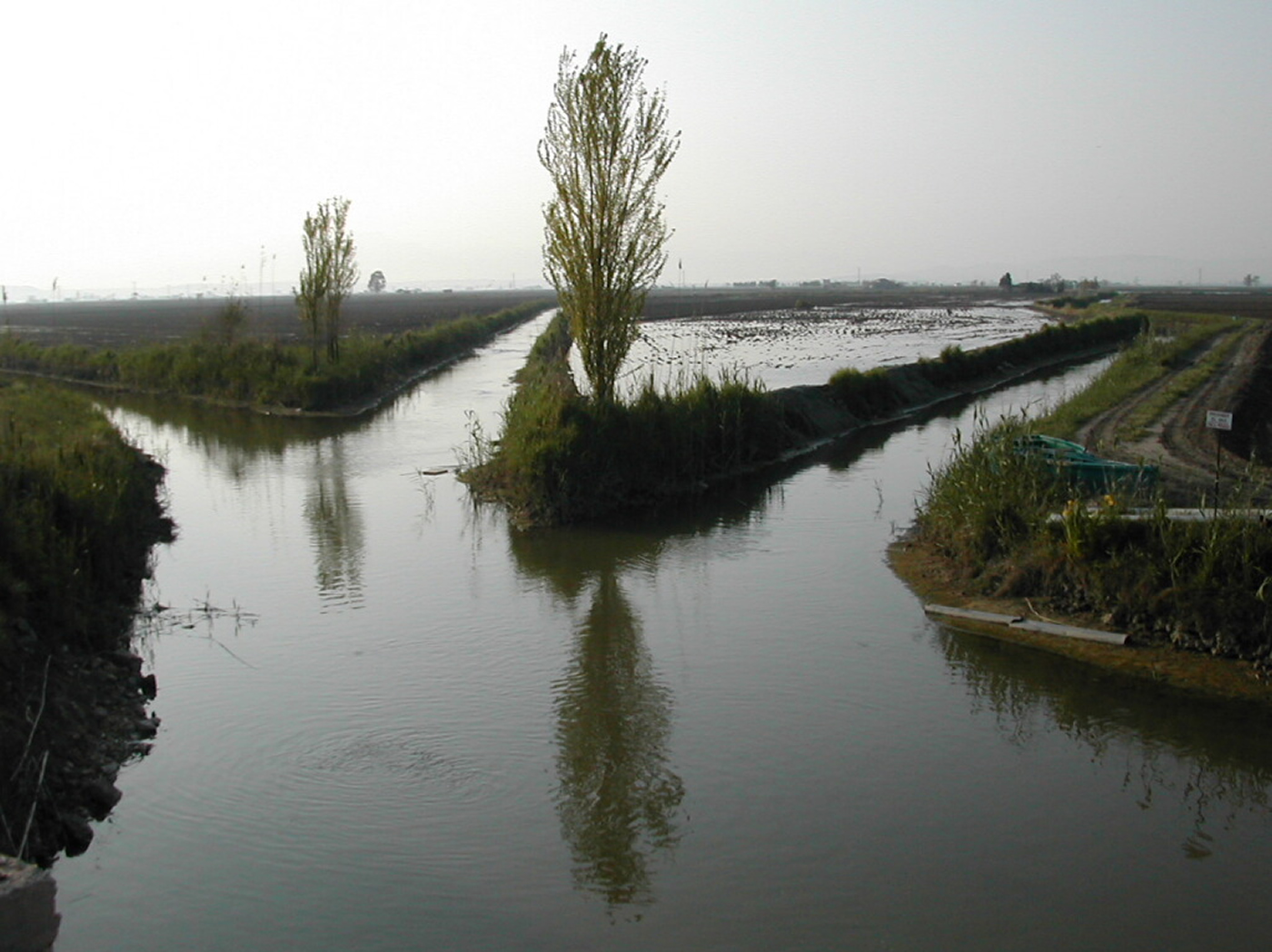



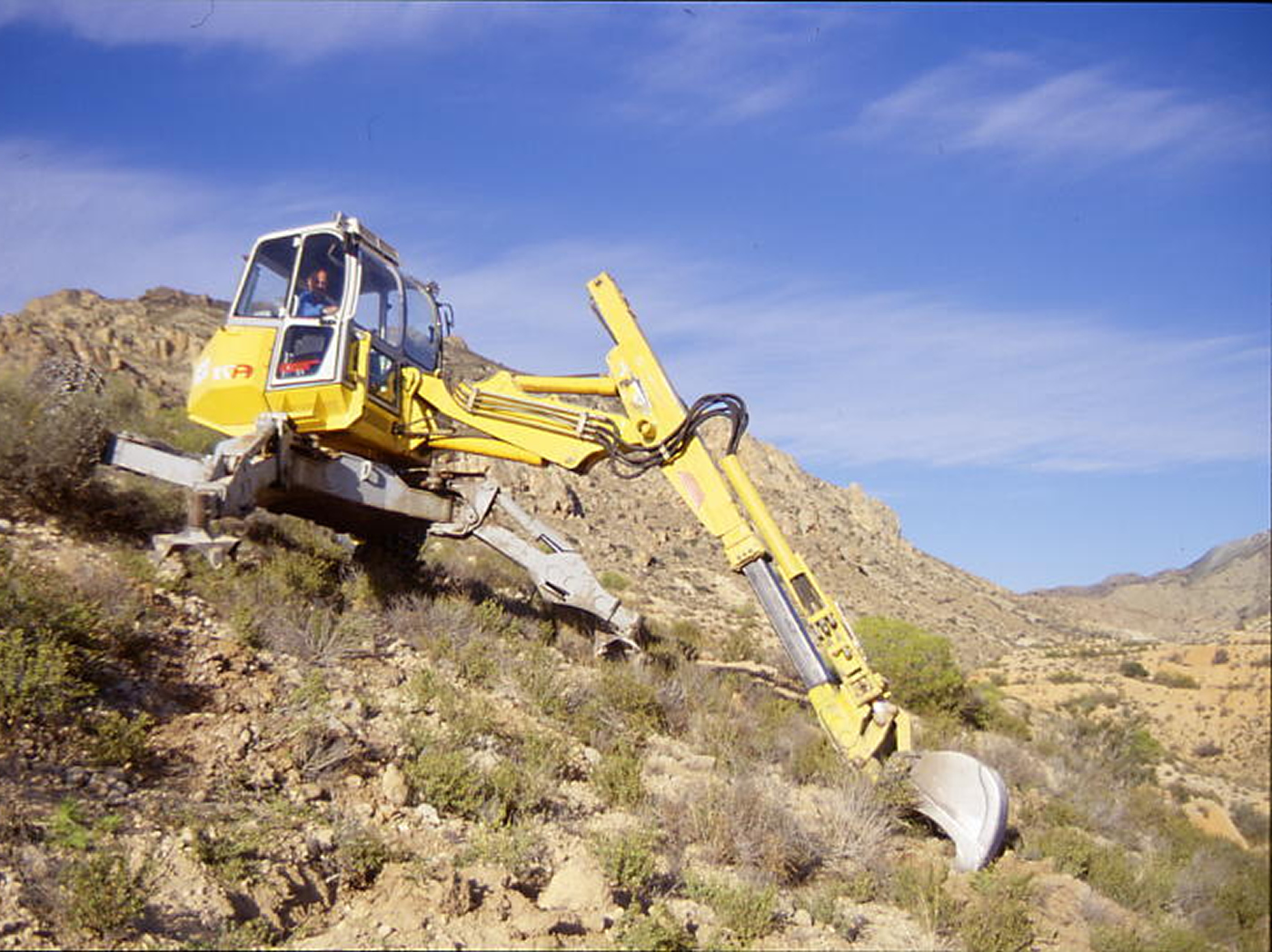





ALO CONGRESS- VIAJABIEN S.L.
Numancia, 73, 7º C2
08029 - Barcelona (Spain)
Phone: (+34) 933 633 954
secretary@sere2022.org
Payment and invoices
admin@sere2022.org